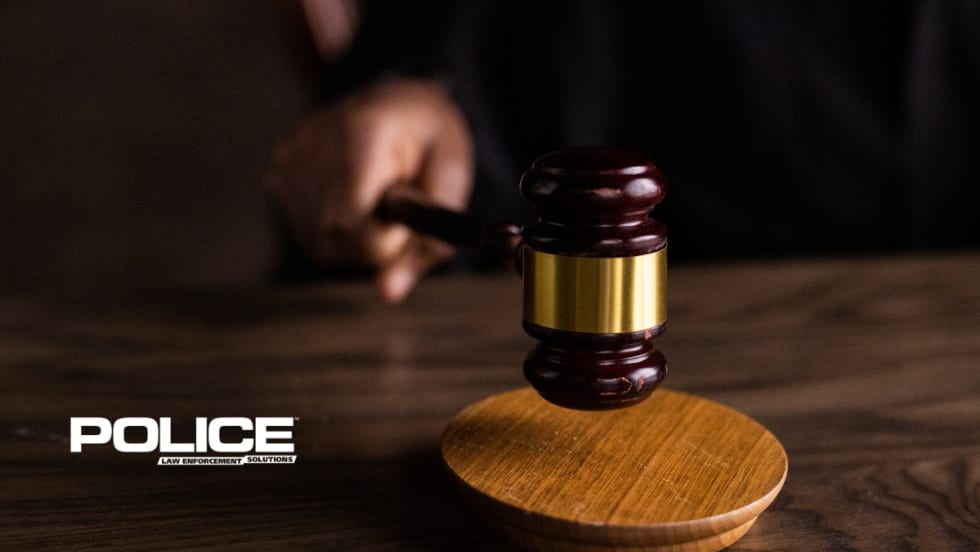There are many videos online where a subject is tased for simply questioning an officer's authority. This is not an appropriate use of the ECW. We cannot forget that an officer's ability to talk to subjects and gain compliance through verbal commands is still the best "weapon" for resolving many confrontations without use of force.
If the ECW is to be deployed against an actively resisting suspect, several actions need to be taken by the deploying officer. First, if it is safe to do so, give the subject time to comply with your verbal commands. This serves a dual purpose. If the subject complies, it negates the need to deploy the ECW. It also provides notice to other officers that the TASER may be deployed. You should also make an announcement that you plan to deploy the ECW such as "TASER—TASER." After deployment, the suspect should be handcuffed and brought under control as soon as possible. Quick control of the suspect reduces the need for multiple ECW applications.
Multiple Applications
In those circumstances where multiple applications of the ECW are required officers need to be able to articulate and document the following important elements:
1. The need for each—let me emphasize that, EACH—application of the ECW must be supported and documented. The fact that the suspect was tased for initially actively resisting does not necessarily justify the third, fourth, and fifth applications or "rides." Each application of the TASER must be justified by continuous active resistance.
2. Is the subject able to comply with the officer's commands? Multiple applications of the TASER given over a very short period of time may give credence to the subject's claim that he or she was not given an opportunity to comply. Remember, you will be downloading the ECW activity statistics including the time between applications and including that information within your report.







